INPUT BY CRISTINA
Jianne Dielman (movie) about housewife
Noam Toran (product designer) questions the production of objects, makes videos
http://www.noamtoran.com/NT2009/
How are objects being used
relationship on how someone is using a object
interaction with an object
different experiences
different generations
manage to take a step back and connect them
coherence
finding yourself in these stories
search for symbols of identity
what is your
home being a safe space from the nation building projects
bringing it to yourself
Renee Turner (wdka tutor and piet zwart email her to meet) net artist in the 90s, radical pedagogy,
PARTICIPATORY DESIGN (hmmmm whats that about) Kees Klump
cm - solution to my problems in my work; guide us through your work; make a choice (keep them open, but choose one to go in depth)
Morelian (dj) check it out
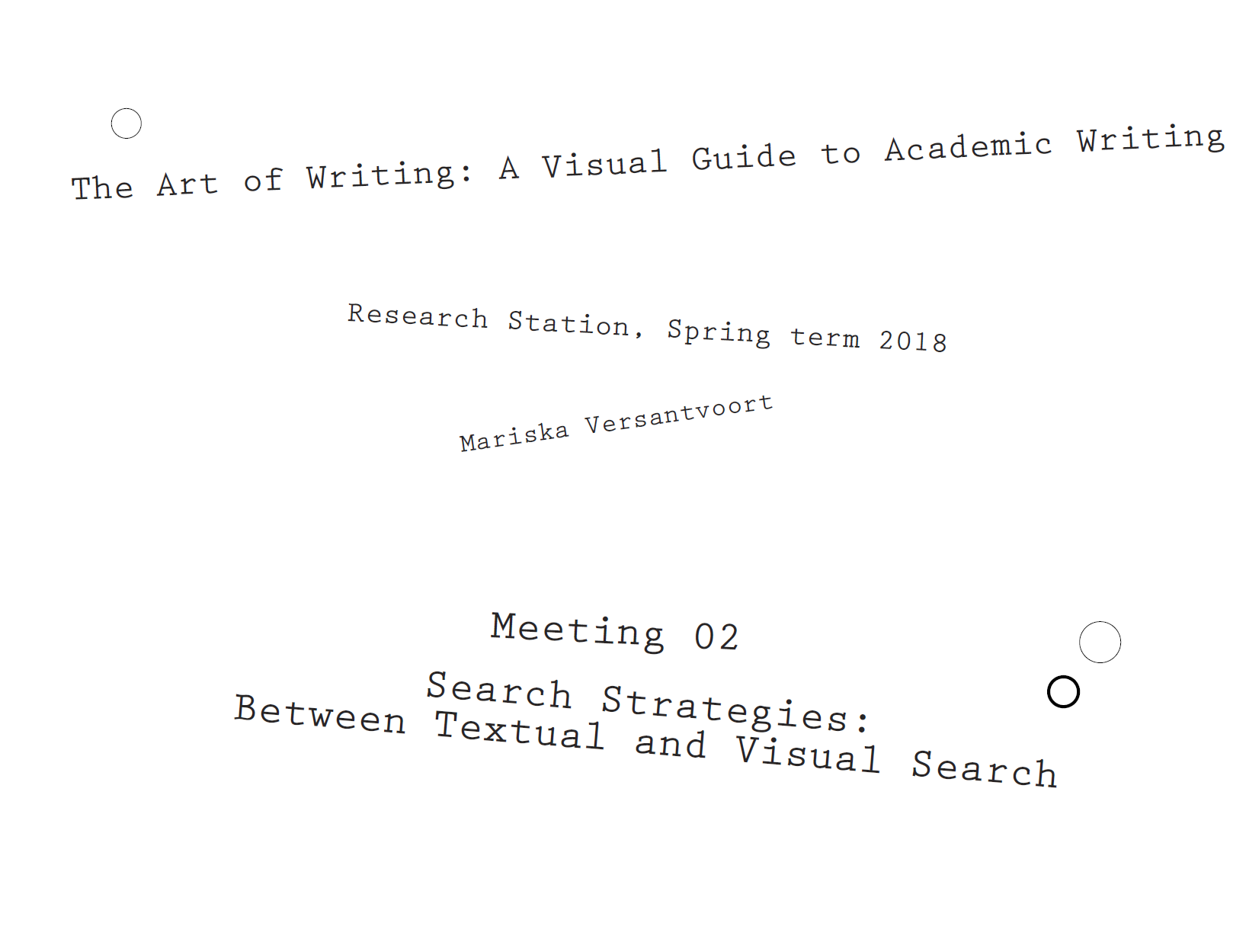
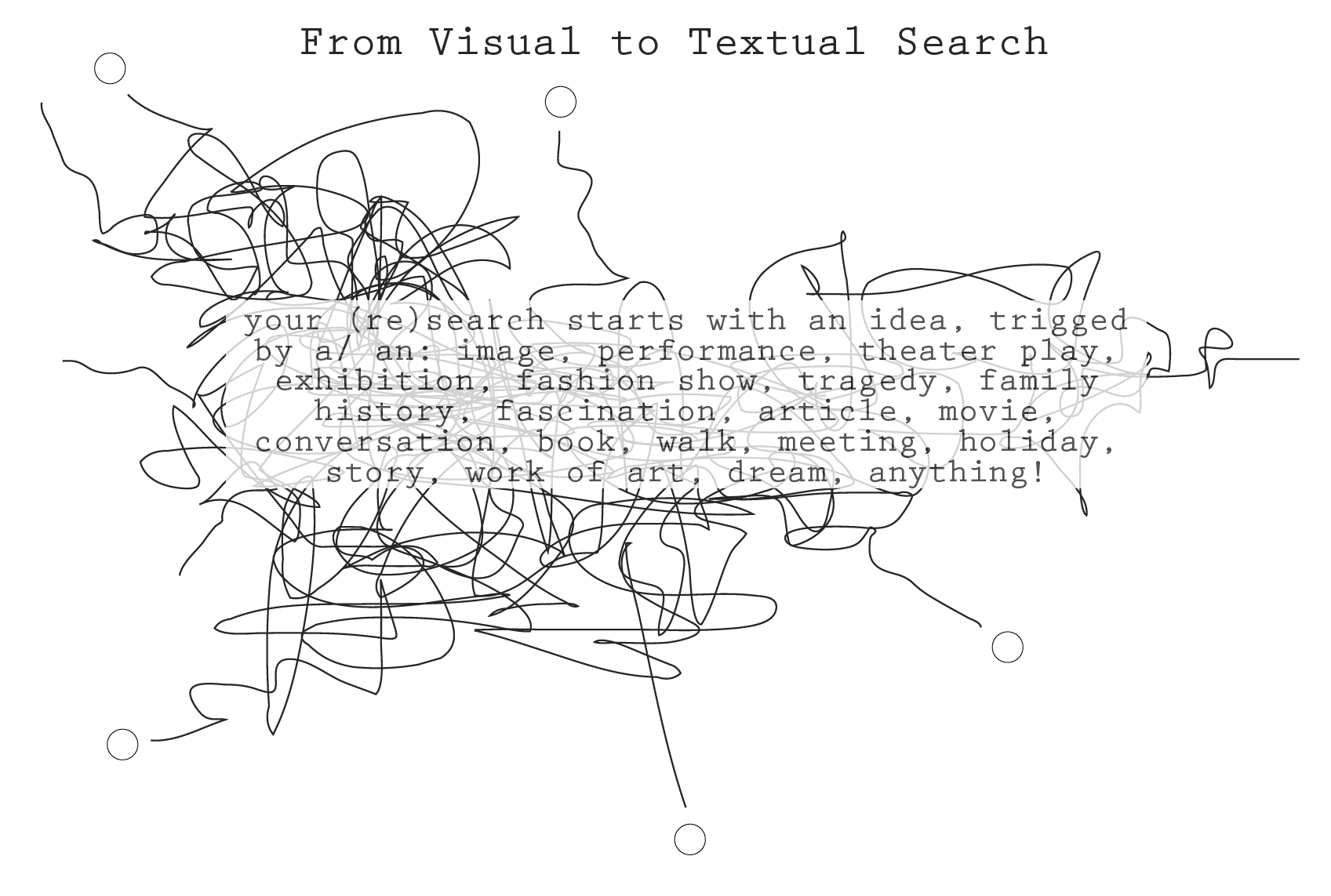

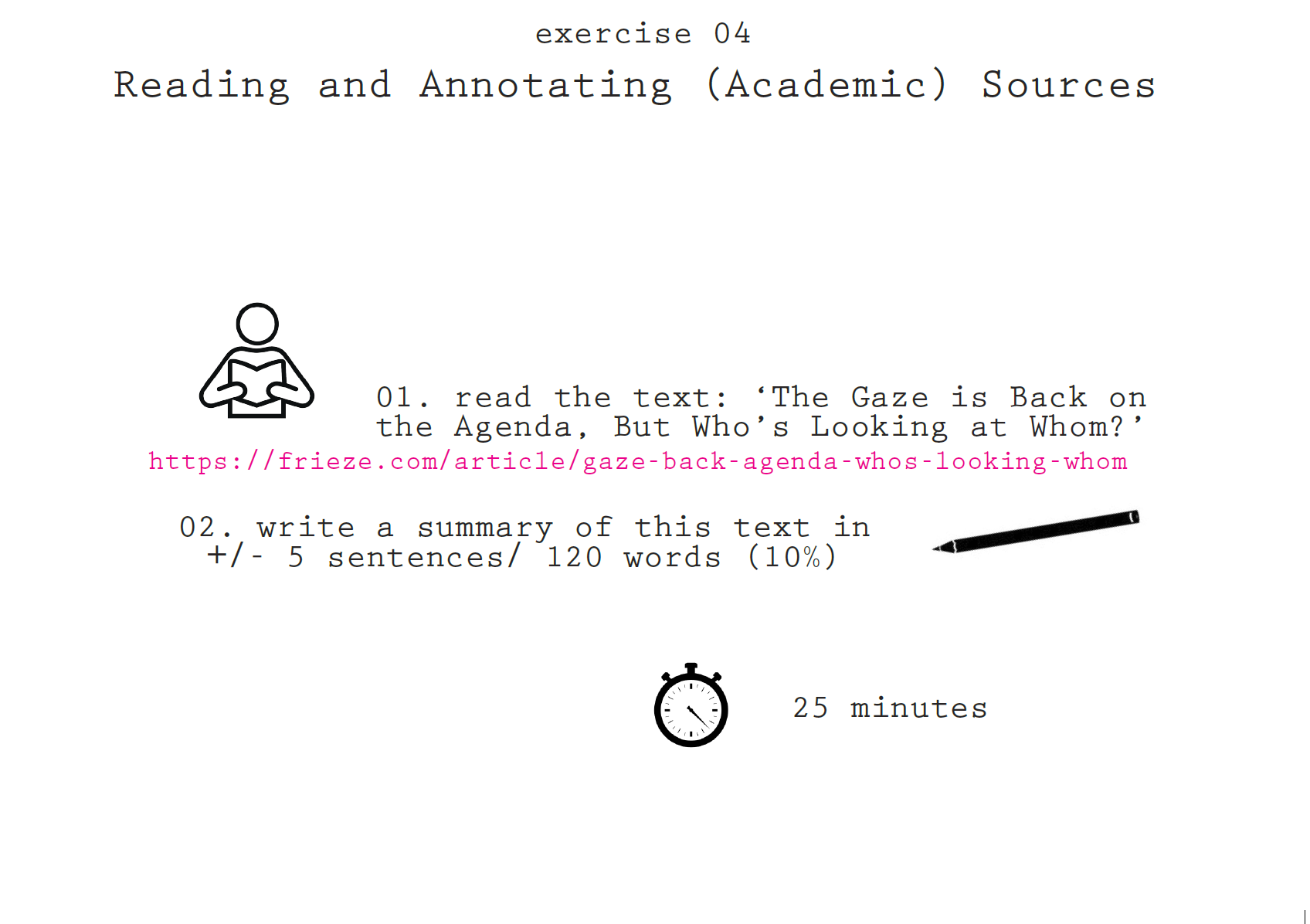
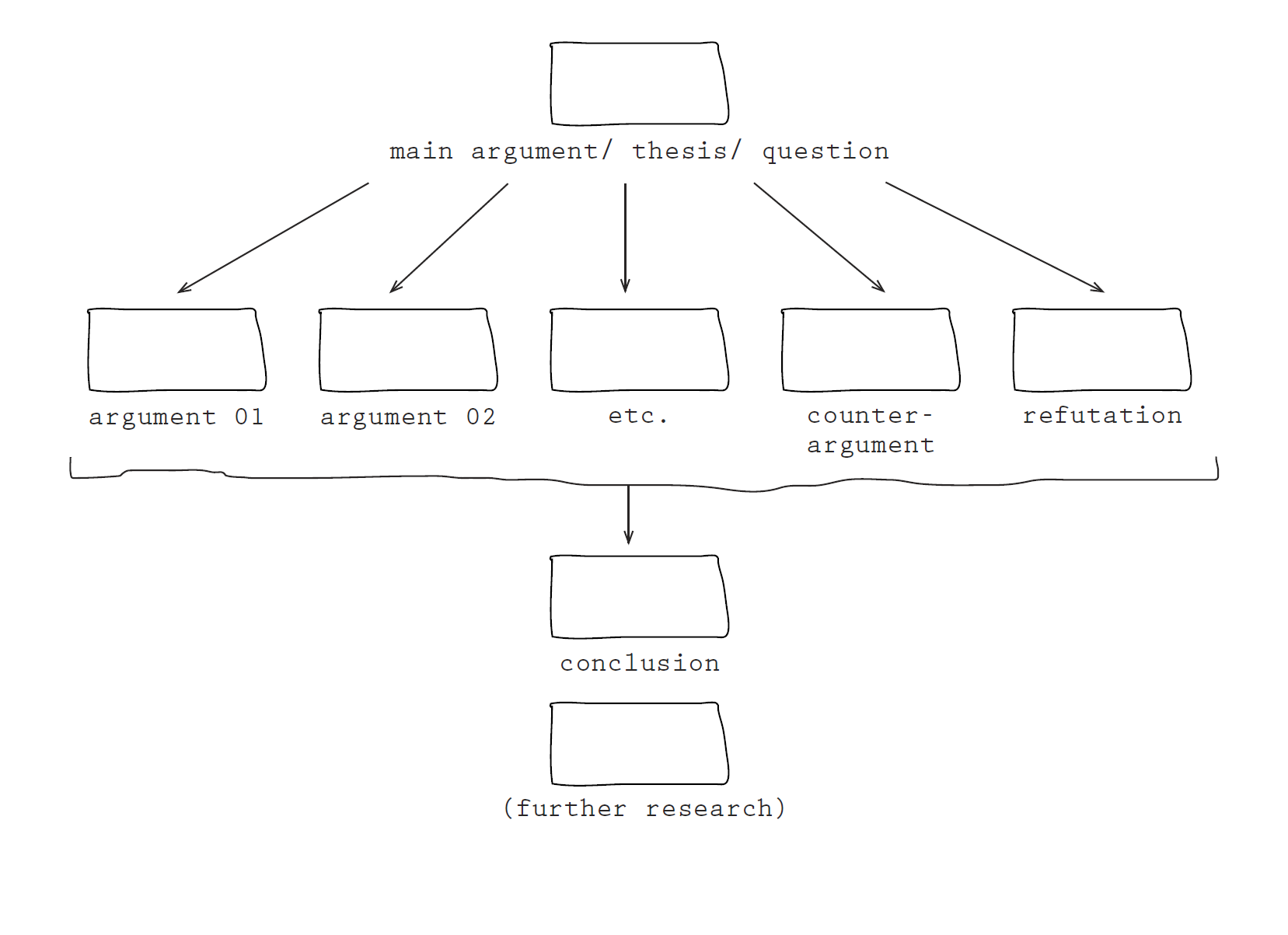
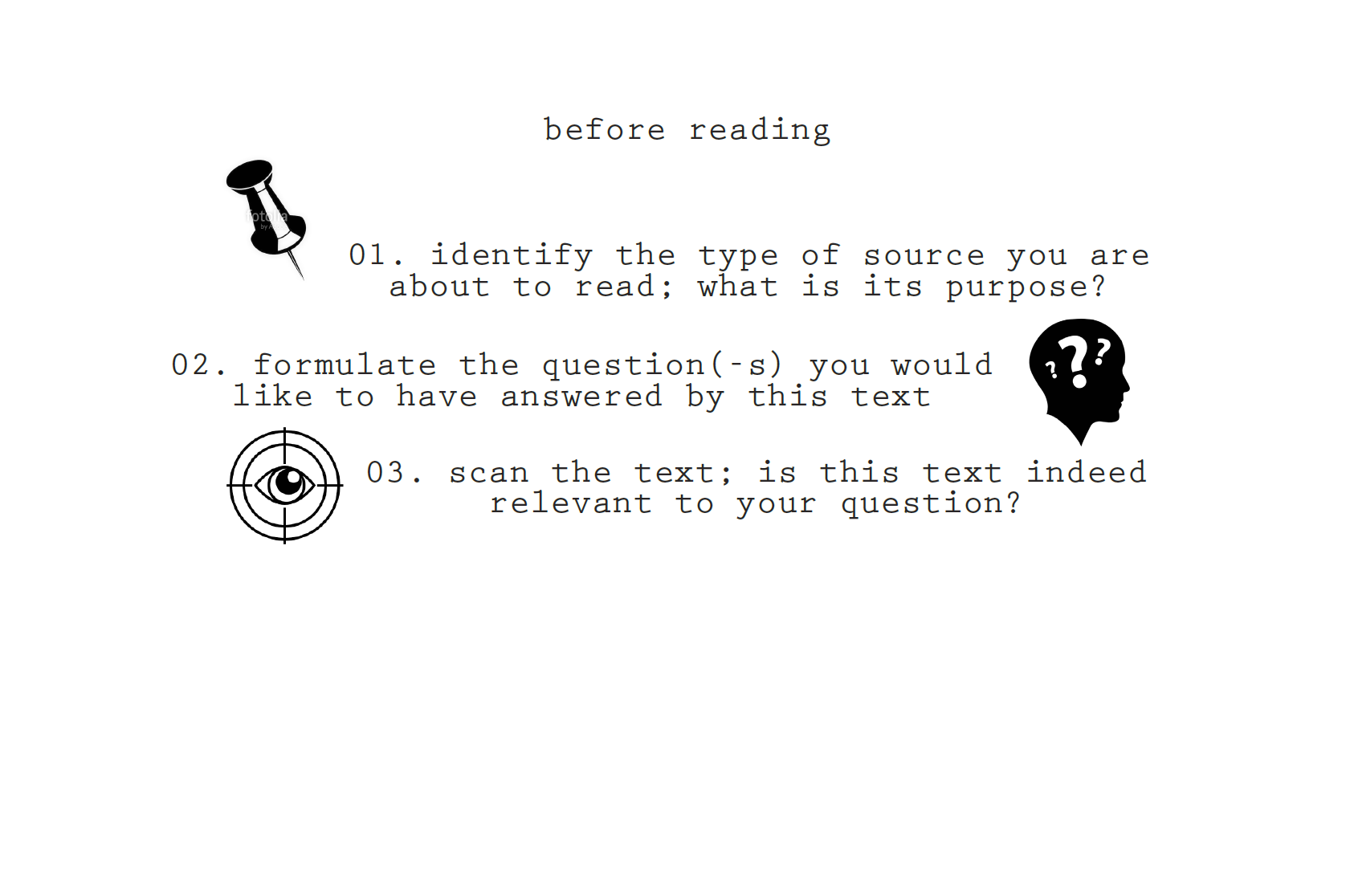
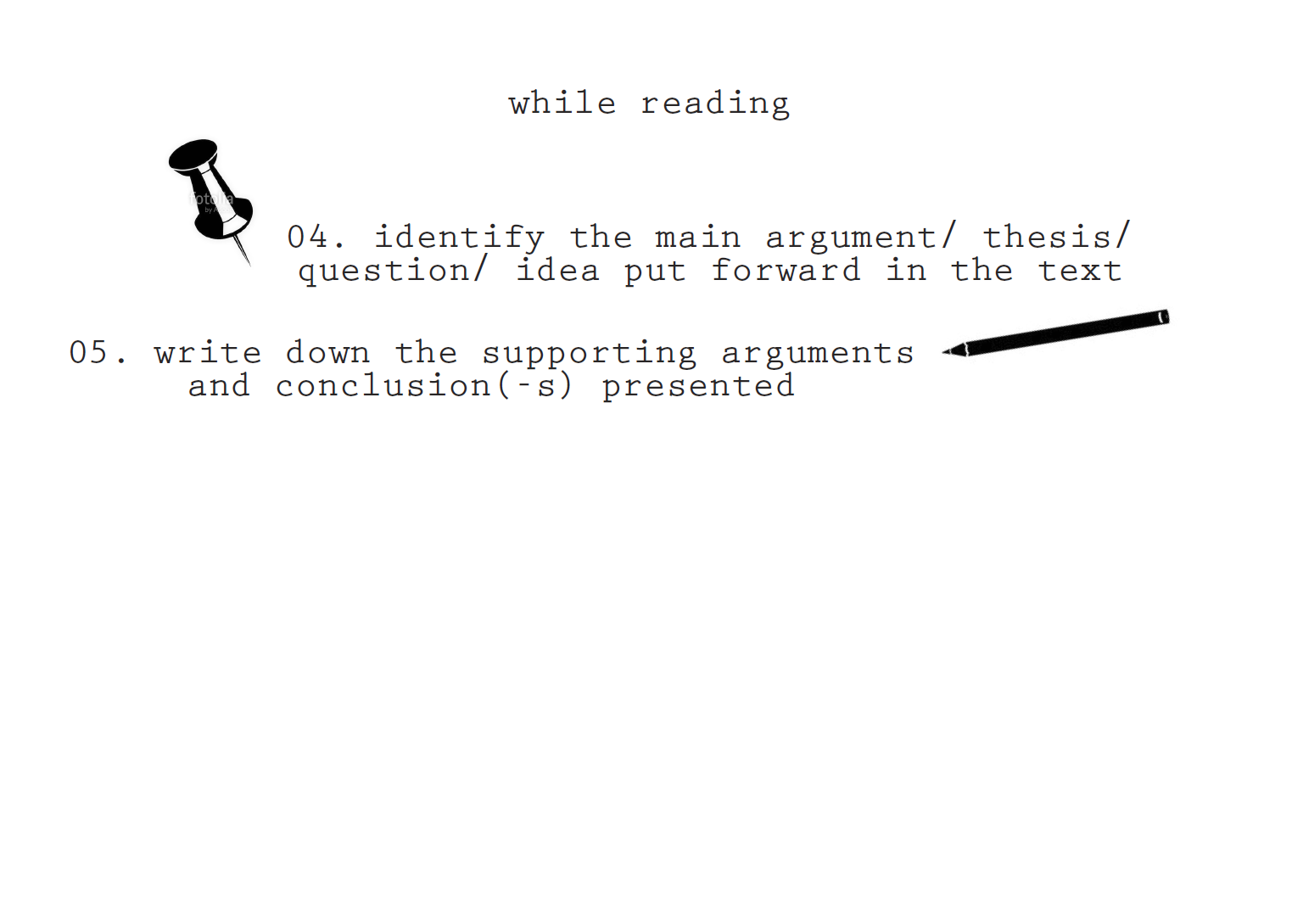

idiosyncrasy
[ˌidēəˈsiNGkrəsē]
NOUN
(idiosyncrasies)
a mode of behavior or way of thought peculiar to an individual.
- by Oxford dictionaries
An idiosyncrasy is an unusual feature of a person. It can also mean an odd habit. The term is often used to express eccentricity or peculiarity.
- by Wikipedia
http://www.warpweftmemory.net/#/notes
http://www.plokta.nl/readme/post-nostalgic-road-trip
the intimacy of ones home
symbols of identity
relationships between human emotions and material culture
alternative reality
click on the "dzezva" to go
back
* SCREENSHOTS ON WRITTING
INPUT BY EDEN:
try it out in real life, is it going to give them emotions that u want?
models? try to document and experiment and ask the people from balkan cafe if they want to be my models
sentimental value of objects
with certain twiks or narratives what u make along the way, SOUND (guided tour) WHAT WOULD PEOPLE THINK, WHAT IS THE EXPERIENCE
BALKAN SOUNDTRACS? GUIDED TOUR? WHAT AUDIO??/ EXPERIMENT ; make something nostalgic into something else
what happens to those objects? try to find an answer when u see it
EMOTIONAL VALUE OF OBJECTS - LOOK FOR A BOOK LIKE THAT!! create a narrative
Tilburg TEXTILE MUSEUM automated TUFTING MACHINE
Rules for writting
EXPAND YOUR RESEARCH BY EXPERIMENTING IN REAL LIFE AND THEN CONNECTING IT TO SOMETHING THEORETHICAL
Maja\'s portfolio and presentation clearly communicate an authentic artistic style that bridges discplines, visual languages and forms of sociopolitical engagement. Furthermore, Maja is able to modulate the media and manner in which this original artistic voice is communicated to her audience. We also clearly see the ability to creatively interact with several other modes of artistic production: dj\'ing, film, sculptural work, etc., etc.
Maja\'s work clearly shows a (high) degree of reflecting critically on her own work, and, on the work of others. The manner in which this happens links to her \'creative ability\': it is an authentic artistic-practice that utilises methodologies pertaining to \'irony\'.
As mentioned within the \'q+a\' part of the CA4, this usage of \'irony\' within an artistic practice should be approached with a level of care and modulation. What we mean with this is the following: the manner in which ironic-humour is used should be off-setted against slight moments of sincere narration. This is something that we feel is very present within Maja\'s work. Altough, it would be very good to stay constantly aware of this point.(quick reference: maybe it is interesting to look at the notion of \'Metamodernism\')
Maja is great at self-studying as a process to grow and change within her own study-trajectory. Maja is able to use her own considerations to rethink assignments, expectations, etc. It is specifically Maja\'s ability to re-engineer (or, in her own words: \'restroy\') assignments and the usage of media that is not expected from her discipline that clearly shows that this competency is present within her work. This aformentioned explanation is clearly visble in, for example, the project that Maja worked on during the initial start of the lockdown.
Maja clearly demonstrated the ability to organise the process of making work, studying and collaborating. Furthermore, Maja does this with a great sense of humour. The video that Maja showed during her CA4 presentation is great example of this: a \'restruction\' of a drama-cooking-show that carefully (and with humour) shows her ability to organise.
This is very much so present within Maja\'s work. Maja\'s own unique and original style results in an extremely compelling communicative ability.
Maja\'s work could benefit from an increased level of context awareness. Mainly on the level of placing her own practice in relationship to (fashion)designers and artists that are already operative within the professional context. This would be super helpful to your audience and professional collaborators, since it allows them to understand how your approach of making work can grow and reach larger audiences.
Secondly, it is important to show the co-creative elements of your collaborative work, also. What we mean with this is that we would like to see how other people have creatively added to your project. The manner in which you spoke about this in your CA4, seems to hint at an imbalance (technical knowledge vs story-telling).
We are sure that this is not always the case. But it is important to contextualise this more, and to explain it as well.
Some references:
Berhnard Wilhem
Ryan Trecartin
Clearly shown, however, see previous point on \'context awareness\' for pointers as to how to articulate it differently. All in all, Maja is clearly working with a lot of different people. And we also clearly see that Maja does this rigorous, precise and with humour.
Feedback about my work by Sami and Selina - an overview:
INPUT BY MARTINA
- performance artist Ragnar Kjartansson
also his work is "Me, my mother, my father, and I"
" conversely reveals sincerity within pretending"
Playing with stereotypes usually projected onto the persona of the actor, Kjartansson both celebrates and derides the romanticized figure of the artist as cultural hero. His performances are often feats of endurance, which last for hours or days at a time, taking a motif as simple as a pop song and transforming it through protracted repetition into a transcendent mantra.
performance and video piece entitled Take Me Here by the Dishwasher: Memorial for a Marriage (2011/2014)
Marcel proust - the loss of time and lack of meaning to the world
Separation anxiety
Proust begins his novel with the statement, "For a long time I used to go to bed early." This leads to lengthy discussion of his anxiety at leaving his mother at night and his attempts to force her to come and kiss him goodnight, even on nights when the family has company, culminating in a spectacular success, when his father suggests that his mother stay the night with him after he has waylaid her in the hall when she is going to bed.
His anxiety leads to manipulation, much like the manipulation employed by his invalid aunt Leonie and all the lovers in the entire book, who use the same methods of petty tyranny to manipulate and possess their loved ones.
In In Search of Lost Time (also known as Remembrance of Things Past), author Marcel Proust uses madeleines to contrast involuntary memory with voluntary memory. The latter designates memories retrieved by "intelligence", that is, memories produced by putting conscious effort into remembering events, people, and places. Proust's narrator laments that such memories are inevitably partial, and do not bear the "essence" of the past. The most famous instance of involuntary memory by Proust is known as the "episode of the madeleine", yet there are at least half a dozen other examples in In Search of Lost Time.[2]
No sooner had the warm liquid mixed with the crumbs touched my palate than a shudder ran through me and I stopped, intent upon the extraordinary thing that was happening to me. An exquisite pleasure had invaded my senses, something isolated, detached, with no suggestion of its origin. And at once the vicissitudes of life had become indifferent to me, its disasters innocuous, its brevity illusory – this new sensation having had on me the effect which love has of filling me with a precious essence; or rather this essence was not in me it was me. ... Whence did it come? What did it mean? How could I seize and apprehend it? ... And suddenly the memory revealed itself. The taste was that of the little piece of madeleine which on Sunday mornings at Combray (because on those mornings I did not go out before mass), when I went to say good morning to her in her bedroom, my aunt Léonie used to give me, dipping it first in her own cup of tea or tisane. The sight of the little madeleine had recalled nothing to my mind before I tasted it. And all from my cup of tea.
— Marcel Proust, In Search of Lost Time
https://historiesofemotion.com/2016/02/26/the-emotional-life-of-objects/
By Lisa Beaven, CHE postdoctoral researcher at The University of Melbourne
Our relationship with things is complex. Often we acquire and use them without consciously being aware of them, until they are lost or broken. Something we considered unimportant or utilitarian can unexpectedly emerge as a marker of a particular time in our lives, like a piece of music, ambushing us emotionally. In this interaction they are revealed as something more than possessions, with qualities that shape us in return, revealing the porous nature of the boundaries between people and things. At other times owning things can be a huge burden, so that we keep objects we would much rather throw away, in the belief that somehow, someday they might be important to a larger history that needs to be told.
domestic life of individuals
providing an insight into what they cared about enough to keep, or pass onto their children, or give to their loved ones. What interests me is the idea that we could use things to retrieve what Prown called ‘the feel, the affective totality of what it was like to be alive in the past’.[1] How do objects develop layers of emotional significance, like textures, as they circulate between people? How do they function as sites of memory and commemoration?
how objects were imbued with and gathered emotional power, and how they generated and normalised emotional practices on the part of individual subjects
Stephanie Downes and Sarah Randles will shortly publish their new collection, Feeling Things: Objects and Emotions Through History, co-edited with Sally Holloway (Richmond University), with Oxford University Press.
Desire Management is a film by Noam Toran comprising five sequences in which objects are used as vehicles for dissident behaviour. In the film, the domestic space is defined as the last private frontier, a place where bespoke appliances provide unorthodox experiences for alienated people: An airline hostess with a unique relationship to turbulence, the owner of a mysterious box which men ritually visit to look inside, an elderly man who enjoys being vacuumed, a couple who engage in baseball driven fantasies, a man who is forced by his partner to cry into a strange device.
_____we can approach things today in a more open, conscious and naïve way without losing ourselves in the past or the future.
by Sonia de Jager
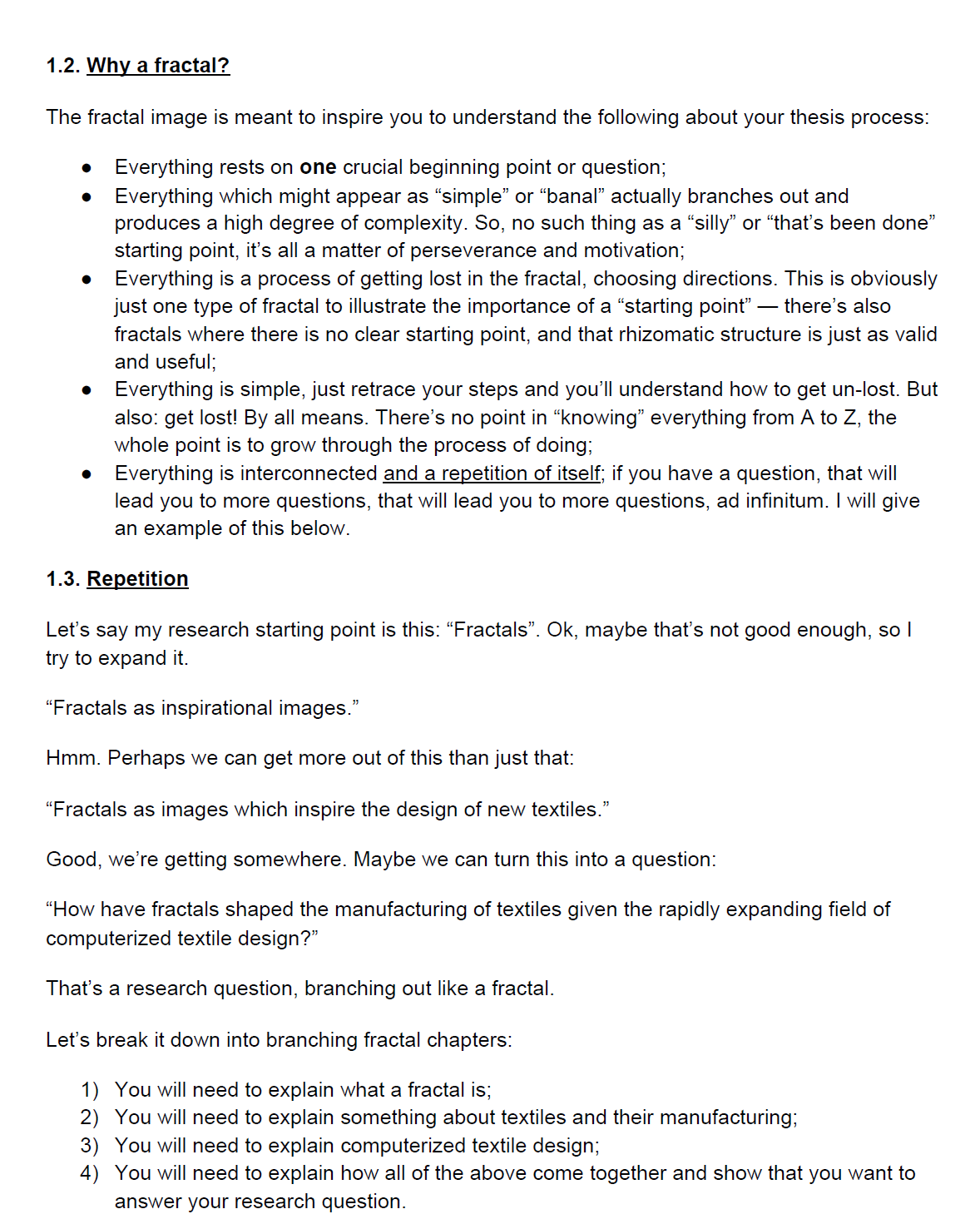

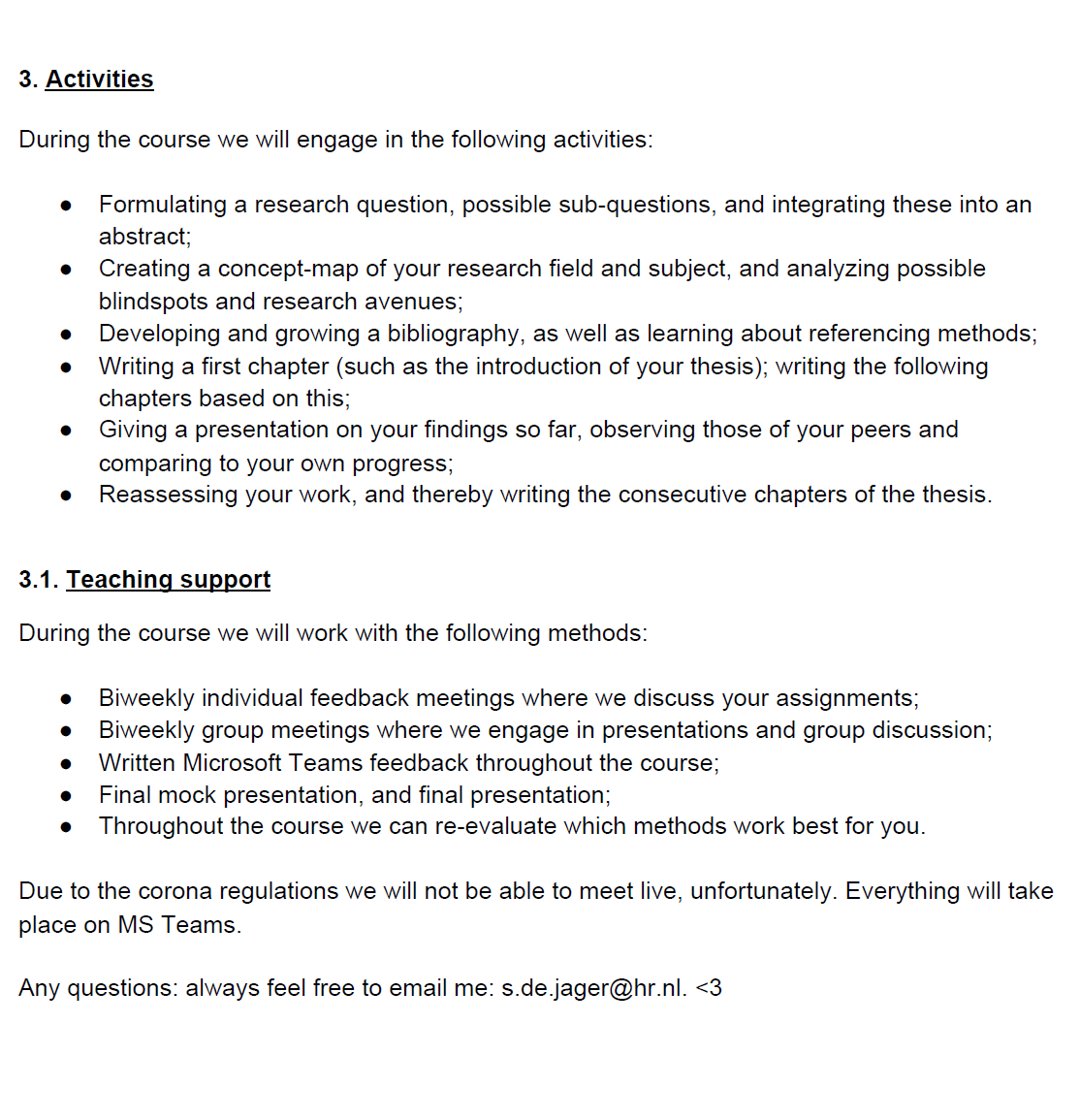
FEEDBACK CRISTINA 09/04/2021
CONTROL F to search for something in a text
sploter
Cristina: Abstractize the research question (more poetic, use different words)
line of though and argument in chapters, connect the chapters more, weaving together
Stories and emotions and whats the difference (stories more narration wise)
OVERARCHING CONNECTION WRITE FOR EVERY CHAPTER A COUPLE OF SENTENCESS
Quotation marks, citations (important already)
Introduction: refrase, ibntroduce the people and method you are using, what does it mean to interview someone
add small section of themes you are going to explore or exploring and how
Introduction: describe what the 4 chapters will be, building on the 4 chapters (you can write that in the end,
the introduction prepares the reader (transportability of the home/community/knowledge collection)
Contextualize the interviews in the introduction or ...
How i turned the interviews into work/practise write about that later not in the "stories" part
FOOTNOTES (for word description) connect those words to your work; why does this word speak to you? (example Idiosyncracy)
"This word is important to my work, because ..." - example
Introduction (NOT A GENERAL ONE BUT SMALL ONCE FOR EACH CHAPTER) - take the reader by the hand,
objects and performance as to connect the objects + space + emotions + stories
and in space there I am talking about two spaces like the scenario space where the objects are in a space, a scenario
and space as the public space where the performances are done which is a space in a more brighter mater.
What are the questiosn that I asked move from stories to introduction
REWRITE THE NOSTALGIA PART (IT IS STILL IN THE PRESENT, TENSION BETWEEN HOW THE PAST IS SHAPING THE PRESENT, REFRASE
THE MEANING OF NOSTALGIA)
1 objects + stories RECREATING THE SENSE OF HOME
2 objects + emotions
3 objects + space
4 objects + performances
LINKING AND OVERARCHING STRUCTURE
phantasmatic conditions = / phantasmatic intersubjectivity
be philosophical in an artistic way
practise feeding the theory and theory feeding the practise
DESIRE MANAGEMENT CONNECTS TO AFFECT THEORY
metamodernism.com
Whereas postmodernism was characterised by deconstruction, irony, pastiche, relativism, nihilism, and the rejection of grand narratives (to caricature it somewhat), the discourse surrounding metamodernism engages with the resurgence of sincerity, hope, romanticism, affect, and the potential for grand narratives and universal truths, whilst not forfeiting all that we’ve learnt from postmodernism.
The use of the prefix meta here derives from Plato’s metaxis, describing an oscillation and simultaneity between and beyond diametrically opposed poles.
citations and paraphrasing MLA style
Erin Manning ; senselab.ca
Martha Rosler
FEEDBACK CRISTINA 23/04/2021
- refrences not too many (do not add more)
_ connect the references better (first read, than do not copy paste but read and refrase)
- the biggest part is done now fine tunning
- - structure is good
- introductions more, write more
- the question, change a bit, it needs to come back in the text,
the chapters, a little bit more like a question, what is a sense of home....
ITS TO INFORMAL, starting with "I" is WRONG, u do not need to emphasize that u write from ur filter, ur perspective,
- with the interviews; the interviewees need to be more independednt ppl, not just write what the relationship
with them are; if i do write it from my perspective then explain WHY
WHAT DOES IT MEAN THAT OTHER PPL WILL PERFORM THE PERFORMANCES?? IF U PERFORM, THEN WHY?
WHAT IS THE RELATION, levels of abstraction, abstracted relations, thats why ur not replicating exactly the stories,
not very faitful to the source, divergent reading of the interviews
it connects to the questions with the merge of public and private
filtering several times, through my eyes, through the performers who are not balkan...etc
REFLECTIONS MORE!
IRINA BOTeaBUceN (not sure how to spell) :PERFORMANCE ARTIST
hedwig as hairdresser and performer, why her? the random strange friendships with ppl around u
why why why EXPLAIN ALL OF THE DECISIONS........INTERESTING TO USE PPL who didnt go through the moving/separation trauma
* DISINTEGRATION OF YUGOSLAVIA MORE ABOUT THAT, EXPLAIN NOT EVERYBODY KNOWS THE HISTORY; U HAVE A LOT OF KNOWLEDGE
other don't, so like not too much about history, but a bit context and background, also why u focused
on bosnia....these are things that happened, start in 3rd person, and then turn to 1st person
* INTRODUCTION; i had interviews with ppl, disected the stories, make performances where r objects use that can create home by
blabla ......... MAKE REALLY SHORT SHORT SIMPLE PARAGRAPH
from these stories i distracted objects : ................
WHY ARE U USING THE DEFINITION, why those words, do not use definitionS FROM ONLINE BUT MOREur words....
is it because english is not ur first language? are those words special? what is it adding to the text?
- TRANS GENERATIONAL TRAUMA, not directly created through war but living from the concequences
CONCLUSION: in different chapters u have different argumesnt, in the end u bring them all together, a reataration,
point towards future, firtire forms of project...u can also work with uncertainty
do not assume, and be too sure, it is uncertain, everything is uncertain, too confident(?)
*its in the public space because i want to take the moments of affect, that are abstracted, where they outside genrate new moments of emotions that are different from the original emotions,
through the past to the future
* cut off the part with madeleine of marcel proust, write in ur own words...
* what is improtant for u and why, CONNECTIONS CONNECTIONS CONNECTIONS, HOW DO U ABSTRACT URSELF, NOT TOO DETAILED ABOUT PROCESS IN PRACTISE
* REEFRASE IT in ur own words the part with Noam Toran
phantasmatic intersubjectivities either connect to ur work or delete
because its sometimes too detailed, its not always clear
bring nostalgia back in the performance part
bring stuff back
Erin Manning mode of describing, analyse, check it out, just for urself as example, touch ... u have the sensibility of a fine artist
grant applications as ur not commercial
print it out and make a structure, main sentences, easy and simple
feministkilljoy - a blog by Sarah Ahmed
quote: "It was meant to look completely off"
Irina Botea Bucan
ANNOTATE - WRITE YOUR THOUGHTS ON IT, making connections between different theories
Libraries
https://library.memoryoftheworld.org/
https://monoskop.org/log/
https://aaaaarg.fail/
https://sci-hub.st/
Cristina's suggestions:
The Critique of Everyday Day - Michel de Certeau
https://nl.wikipedia.org/wiki/Michel_de_Certeau
Alien phenomenology - Ian Bogost
Queer Phenomenology - Sara Ahmed
Feedback 10/05/2021
Selina: more abstraction, suspence, like a David Lynch movie, ENGAGE the public, what r they seeing,
follow ur own feeling, ur good in what ur doing
Sanne: how r u gonna make it clear or unclear, how to not loose the moment
PERFORMANCE BAR ROTTERDAM
HANNAH WILKE
"Pump up the value " by Harold Linker, Stephen Muis and Robert Roelink
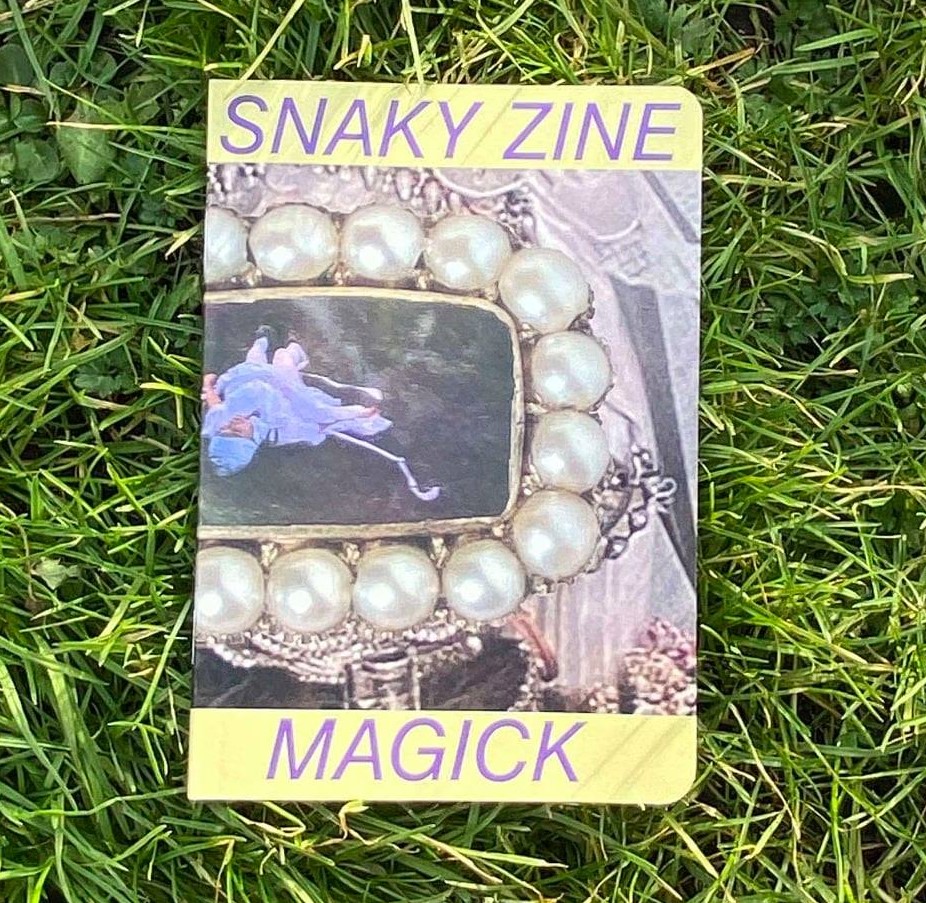
- refrences not too many (do not add more)
_ connect the references better (first read, than do not copy paste but read and refrase)
- the biggest part is done now fine tunning
- - structure is good
- introductions more, write more
- the question, change a bit, it needs to come back in the text,
the chapters, a little bit more like a question, what is a sense of home....
ITS TO INFORMAL, starting with "I" is WRONG, u do not need to emphasize that u write from ur filter, ur perspective,
- with the interviews; the interviewees need to be more independednt ppl, not just write what the relationship
with them are; if i do write it from my perspective then explain WHY
WHAT DOES IT MEAN THAT OTHER PPL WILL PERFORM THE PERFORMANCES?? IF U PERFORM, THEN WHY?
WHAT IS THE RELATION, levels of abstraction, abstracted relations, thats why ur not replicating exactly the stories,
not very faitful to the source, divergent reading of the interviews
it connects to the questions with the merge of public and private
filtering several times, through my eyes, through the performers who are not balkan...etc
REFLECTIONS MORE!
IRINA BOTeaBUceN (not sure how to spell) :PERFORMANCE ARTIST
hedwig as hairdresser and performer, why her? the random strange friendships with ppl around u
why why why EXPLAIN ALL OF THE DECISIONS........INTERESTING TO USE PPL who didnt go through the moving/separation trauma
* DISINTEGRATION OF YUGOSLAVIA MORE ABOUT THAT, EXPLAIN NOT EVERYBODY KNOWS THE HISTORY; U HAVE A LOT OF KNOWLEDGE
other don't, so like not too much about history, but a bit context and background, also why u focused
on bosnia....these are things that happened, start in 3rd person, and then turn to 1st person
* INTRODUCTION; i had interviews with ppl, disected the stories, make performances where r objects use that can create home by
blabla ......... MAKE REALLY SHORT SHORT SIMPLE PARAGRAPH
from these stories i distracted objects : ................
WHY ARE U USING THE DEFINITION, why those words, do not use definitionS FROM ONLINE BUT MOREur words....
is it because english is not ur first language? are those words special? what is it adding to the text?
- TRANS GENERATIONAL TRAUMA, not directly created through war but living from the concequences
CONCLUSION: in different chapters u have different argumesnt, in the end u bring them all together, a reataration,
point towards future, firtire forms of project...u can also work with uncertainty
do not assume, and be too sure, it is uncertain, everything is uncertain, too confident(?)
*its in the public space because i want to take the moments of affect, that are abstracted, where they outside genrate new moments of emotions that are different from the original emotions,
through the past to the future
* cut off the part with madeleine of marcel proust, write in ur own words...
* what is improtant for u and why, CONNECTIONS CONNECTIONS CONNECTIONS, HOW DO U ABSTRACT URSELF, NOT TOO DETAILED ABOUT PROCESS IN PRACTISE
* REEFRASE IT in ur own words the part with Noam Toran
phantasmatic intersubjectivities either connect to ur work or delete
because its sometimes too detailed, its not always clear
bring nostalgia back in the performance part
bring stuff back
Erin Manning mode of describing, analyse, check it out, just for urself as example, touch ... u have the sensibility of a fine artist
grant applications as ur not commercial
print it out and make a structure, main sentences, easy and simple
Cristina "feedback 23/04/2021 (the one before the last meeting)"
IF WE CARE, A GREATER SENSE OF BELONGING MIGHT PREVAIL